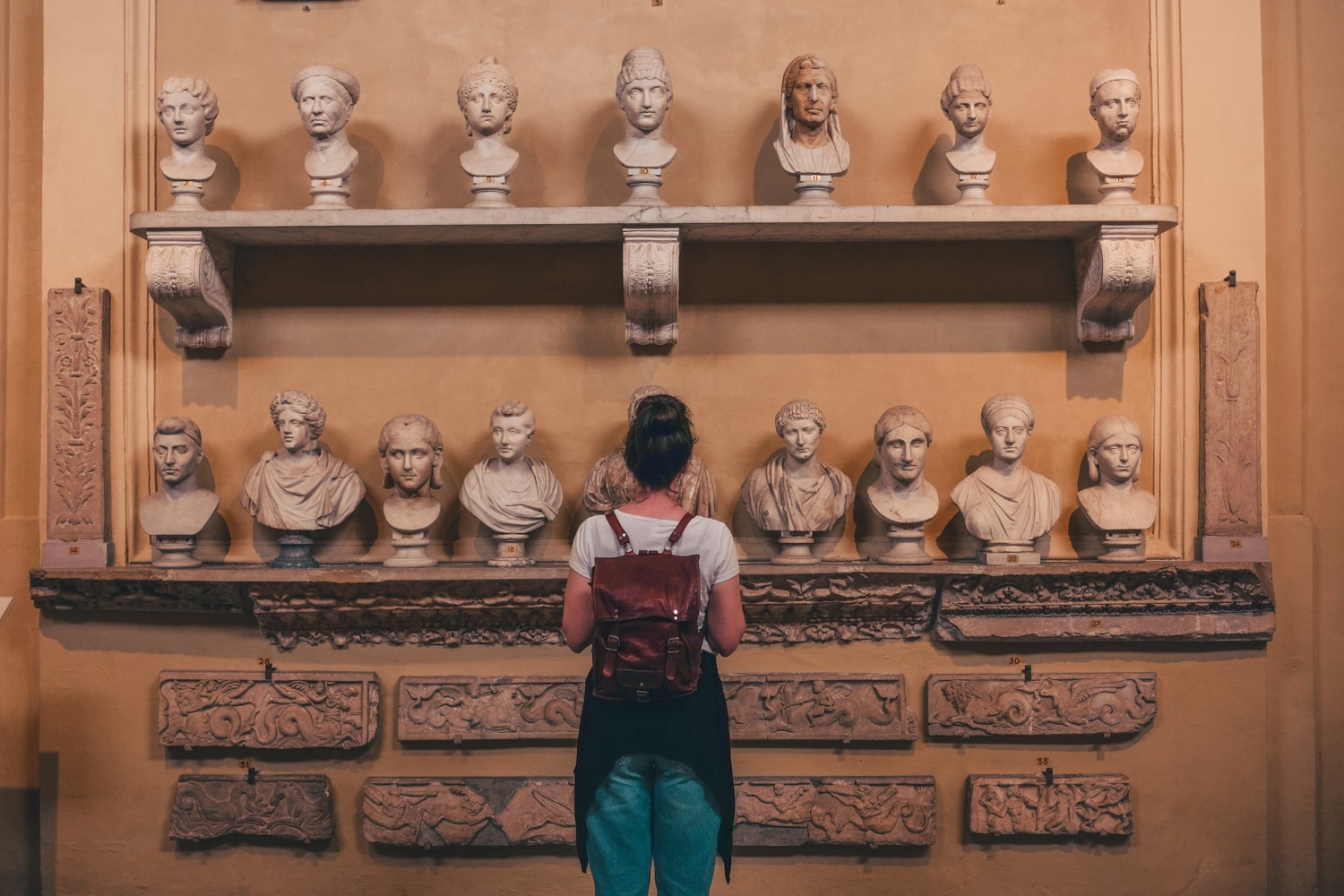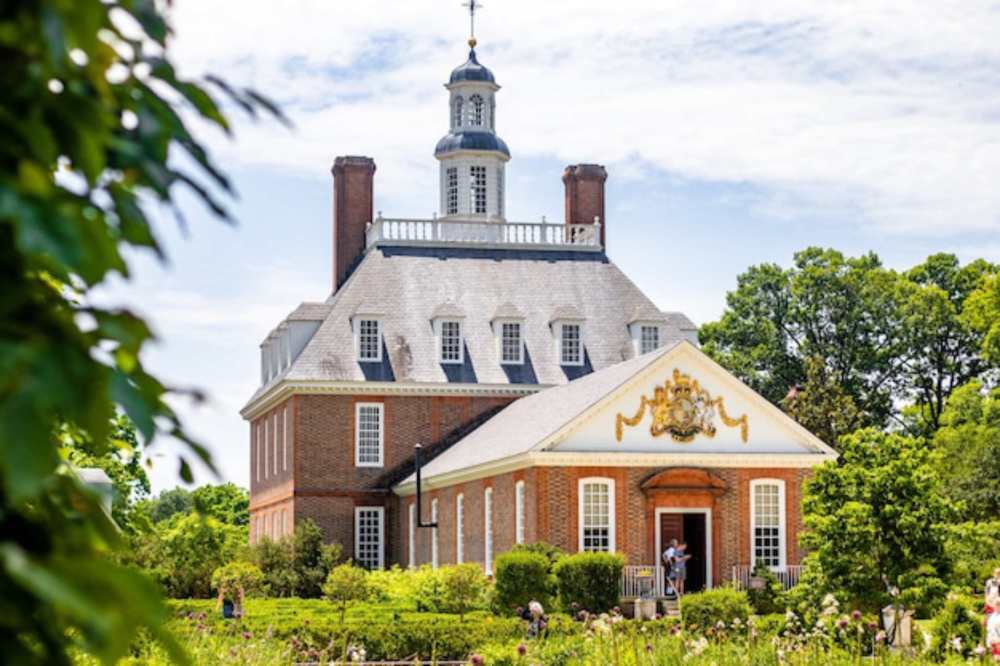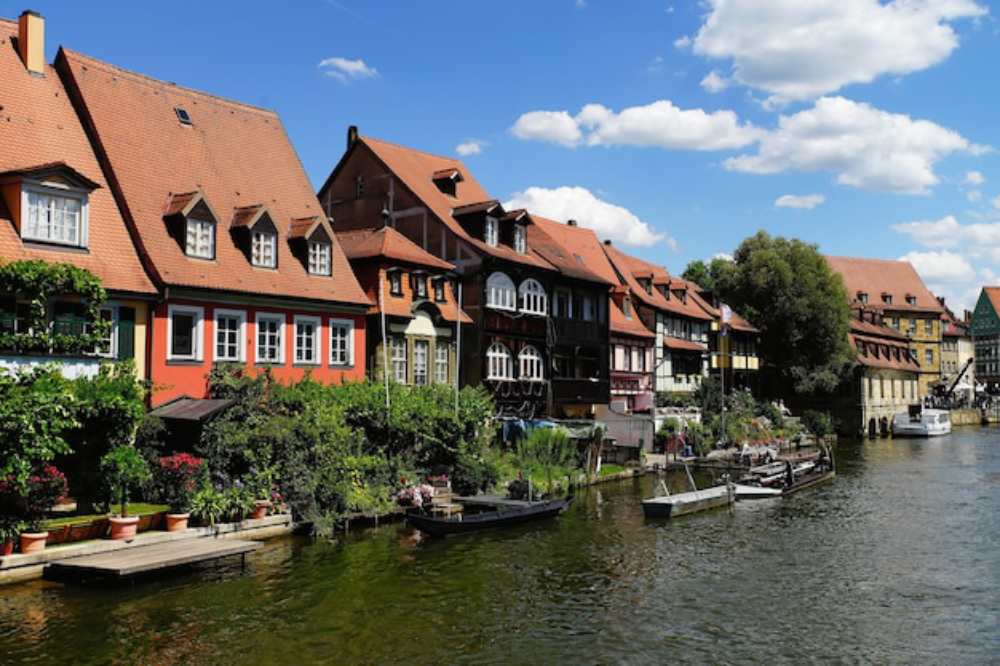
Reliving History in Open-Air Museums
If you think history books are dull or exhibits feel flat, open-air museums are a lively choice. These living history sites take visitors back in time. They recreate the rhythms, structures, and stories of past eras. Seeing a blacksmith shape iron with old tools or entering a thatched medieval home feels magical. These experiences help travellers connect with history personally and memorably.
In this article, we’ll look at how open-air museums are changing historical travel. We’ll explore why they are excellent educational tools and share amazing examples from around the globe.
What Are Open-Air Museums?
Open-air museums are unique spots. They keep or restore buildings, crafts, and cultural practices from certain times or groups. These attractions are different from traditional museums. Instead of glass cases, they focus on hands-on learning. You’ll find costumed interpreters, recreated villages, and interactive demonstrations.
Key Characteristics:
- Outdoor settings that mimic historical environments
- Relocated or reconstructed heritage buildings
- Live demonstrations of period crafts or trades
- Opportunities for hands-on learning and role play
These museums aren’t just about viewing the past—they’re about stepping into it.
Why Open-Air Museums Matter
1. Immersive Learning
Visitors can understand the daily lives of people in history better by using multiple senses: sight, sound, smell, and touch.
2. Cultural Preservation
They protect fading traditions, languages, and skills, keeping them alive for future generations.
3. Family-Friendly Appeal
Open-air museums have interactive exhibits and lots of space to explore. They provide fun for visitors of all ages.
4. Deeper Emotional Connection
Walking the same paths and using the same tools as historical figures helps us feel empathy and respect for those who came before us.
Historical travel becomes more than a sightseeing trip—it becomes a transformational experience.
Must-Visit Open-Air Museums Around the World
1. Skansen – Stockholm, Sweden
Opened in 1891, Skansen is the world’s first and one of the most famous open-air museums. It shows five centuries of Swedish life. It features over 150 historical buildings moved from all over the country.
Highlights:
- Live folk music and traditional dance
- Workshops in weaving, baking, and blacksmithing
- Seasonal festivals like Midsummer and Christmas markets
Immersive experience: Try your hand at making flatbread in a 19th-century farmhouse kitchen.
2. Colonial Williamsburg – Virginia, USA

This iconic site offers a deep dive into American Revolutionary history. The town spans 300 acres and features many restored or recreated 18th-century buildings.
Highlights:
- Costumed interpreters portraying real historical figures
- Revolutionary War reenactments
- Political debates in the Governor’s Palace
Why it’s unique: Visitors can meet tradespeople, soldiers, and town residents. This lets them explore early American life up close.
3. Den Gamle By – Aarhus, Denmark
Called “The Old Town,” this Danish museum showcases three unique eras: the 1860s, 1920s, and 1970s. It highlights how urban living has changed over time.
Highlights:
- Vintage shops, including a 1920s chemist and 1970s radio store
- Period homes with real family histories
- Costumed characters who share anecdotes from “their” era
Historical travel tip: Each area is styled with meticulous attention to period detail, down to wallpaper, newspapers, and popular songs.
4. St Fagans National Museum of History – Cardiff, Wales
Located in a 16th-century castle, this free museum shows Welsh life through the ages.
Features:
- Over 40 original buildings relocated from across Wales
- Traditional Welsh cooking and weaving demonstrations
- A working farm and gardens with heritage breeds and plants
Visitor tip: Speak with the interpreters in both English and Welsh to appreciate the bilingual heritage of the region.
5. Ballenberg – Brienz, Switzerland
This sprawling Alpine museum brings together over 100 traditional Swiss buildings from different cantons and eras.
Notable Experiences:
- Herding animals and cheese-making in rural farmhouses
- Carpenters and woodworkers demonstrating Swiss craftsmanship
- Hands-on activities for children, including baking and crafts
Immersive aspect: Breathe in the mountain air while exploring Switzerland’s diverse regional architecture.
6. Kokura Castle Garden & Edo-period Village – Japan
Though not officially branded as an open-air museum, Kokura offers one of the best examples of Edo-era town life. The nearby Edo Wonderland theme park near Nikko is another immersive site dedicated to samurai culture and feudal life.
Cultural Experiences:
- Tea ceremonies in historic gardens
- Ninja and samurai performances
- Calligraphy, kimono dressing, and archery classes
Why it’s memorable: The blend of entertainment and education provides insight into Japan’s historical codes of honour and etiquette.
7. Zaanse Schans – The Netherlands

Located near Amsterdam, this open-air conservation area showcases the Dutch Golden Age through iconic windmills, wooden houses, and artisan workshops.
Highlights:
- Clog-making demonstrations
- Traditional Dutch cheese production
- Sailing and waterway tours through restored dykes and canals
Photo-worthy moment: Pose beside a spinning windmill while sampling fresh stroopwafels made onsite.
Making the Most of Your Visit: Tips for Travellers

1. Arrive Early
Open-air museums often span large areas. Starting early ensures you won’t miss key demonstrations or performances.
2. Dress Comfortably
Expect walking on uneven ground, variable weather, and periods of standing for presentations.
3. Join Guided Tours
Costumed interpreters often share fascinating details and behind-the-scenes stories not found on plaques.
4. Participate in Hands-On Activities
From butter churning to candle dipping, these tasks deepen your connection to the culture and era.
5. Respect the Setting
Although interactive, these museums are often also conservation sites. Treat homes, artefacts, and actors with care and courtesy.
Educational Impact: Why Immersive Experiences Matter
Numerous studies show that immersive experiences significantly enhance learning retention and emotional engagement. When visitors actively engage with their environment, history is no longer abstract—it becomes tangible and real.
Benefits Include:
- Better memory recall compared to passive learning
- Greater empathy for historical figures and marginalised communities
- Stronger understanding of the complexity of historical events
For students, families, and lifelong learners, open-air museums are a dynamic classroom without walls.
Open-Air Museums in the Digital Age
Many open-air museums are embracing technology to enhance the visitor experience further.
Tech Innovations:
- Augmented reality (AR) apps to overlay historical scenes on current buildings
- QR codes and virtual tours for global access
- Interactive exhibits with touchscreens and language options
- Online craft workshops to continue learning at home
The combination of physical presence and digital enrichment is making historical travel more inclusive and engaging than ever.
Living History, Lasting Impact
In a time when people quickly consume digital information, open-air museums provide something special: a connection. To time, to culture, to craftsmanship, and to the stories that have shaped us.
These open-air museums let you do more than just see history. You can taste, touch, and talk about it too. They show us the strength of immersive experiences. Heritage exists not just in books and artefacts. It also lives in shared spaces, skilled hands, and daily rituals.
Act now: Pick a spot from this guide or discover a nearby living history museum, then make plans to visit. Rediscover the past, not as a dusty record, but as a story you can step into.


